Shark Circulatory System Diagram
Shark circulatory system diagram. The structure consists of a layer of parallel saucer-like cells containing silver guanine crystals. The blood is pumped by the heart through the afferent branchial arteries ventral aorta to capillaries in the gills where the blood is. Triangular-shaped chamber lying caudal to the atrium and extending between its two lobes.
The blood is pumped by the heart through the afferent branchial arteries to capillaries in the gills where the blood is oxygenated. Sharks have a two-chambered heart with an atrium also called the auricle and a ventricle. Sharks are fish and as such they have a closed circulatory system the blood never leaves the web of blood vessels.
SHARK HEART AND CIRCULATORY SYSTEM. Hepatic Portal Circulation - this detour begins as capillaries in the digestive system specifically near the intestinal area and ends as capillaries in the liver. Make your incisions shallow.
Aquire oxygen from the water transfer it to the blood. Sharks have a two-chambered heart with an atrium also called the auricle and a ventricle. Thin-walled bilobed chamber dorsal to ventricle.
In the shark the circulatory and respiratory systems function as one because the heart pumps unoxygenated blood returning from the body to the gills for oxygenation. Circulatory System A sharks heart is a two-chambered S-shaped tube small in proportion to body size located in the head region. Deoxygenated blood returns to the heart via veins and enters the thin-walled flat sinus venosus you will need to lift the main portion of the heart to view this structure.
Make a mid-ventral incision from the cloaca cranially to just below the jaw. Back and forth through cells in the body. The circulatory system In this lab we will be looking at the circulatory system in the pleuroperitoneal cavity of the dogfish and mud puppy and in the abdominal cavity of the mammal.
Circulatory Anatomy of the Dogfish Shark The specimen in the photographs was prepared by removing the skin and the ventral musculature over the pericardial cavity. Sharks have a simple circulatory system composed of an auricle and a ventricle.
Sharks are fish and as such they have a closed circulatory system the blood never leaves the web of blood vessels.
This system basically consists of the systemic arterial branches of the dorsal aorta the renal kidney and hepatic liver portal systems and the systemic venous system leading from the body to the heart. This system basically consists of the systemic arterial branches of the dorsal aorta the renal kidney and hepatic liver portal systems and the systemic venous system leading from the body to the heart. Hepatic Portal Circulation - this detour begins as capillaries in the digestive system specifically near the intestinal area and ends as capillaries in the liver. The blood then flows through efferent branchial. Be sure to refer to the diagram on the next page as you begin cutting into the skin. SHARK HEART AND CIRCULATORY SYSTEM. Aquire oxygen from the water transfer it to the blood. Circulatory system diagram highlighting the various pathways of blood BlueDe-oxygenated blood RedOxygenated blood Human Circulatory System The human circulatory system consists of a network of arteries veins and capillaries with the heart pumping blood through it. The structure consists of a layer of parallel saucer-like cells containing silver guanine crystals.
The heart is an S-shaped tube that is located in the head region of the shark. The blood is pumped by the heart through the afferent branchial arteries to capillaries in the gills where the blood is oxygenated. The heart is an S-shaped tube that is located in the head region of the shark. Passes posteriorly bringing oxygenated blood from the gills to virtually every part of the sharks body. Back from the body. The blood is pumped by the heart through the afferent branchial arteries ventral aorta to capillaries in the gills where the blood is. Make your incisions shallow.











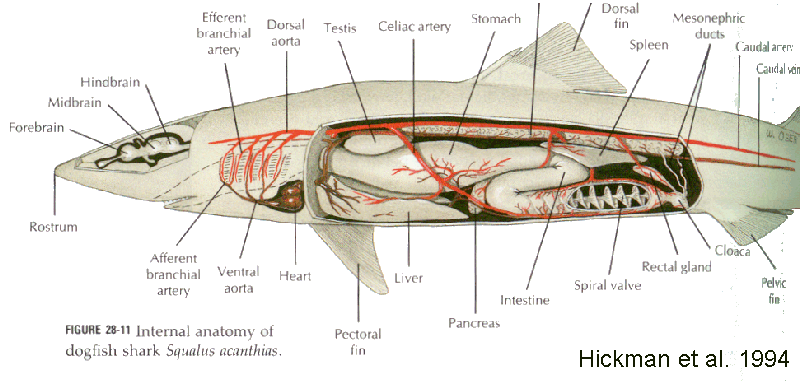




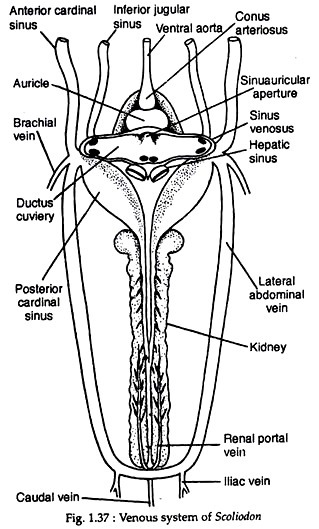
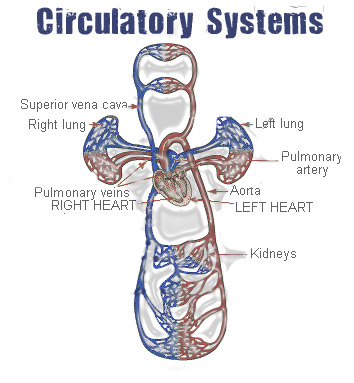





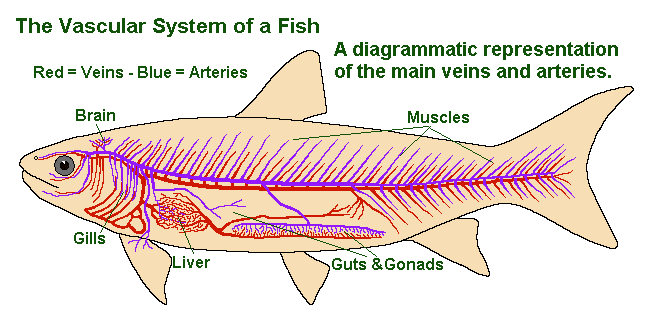


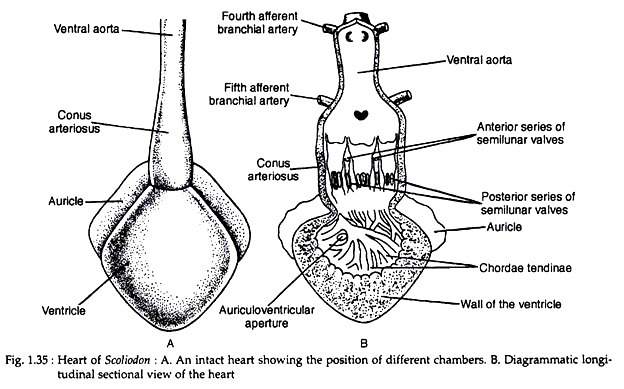




Post a Comment for "Shark Circulatory System Diagram"